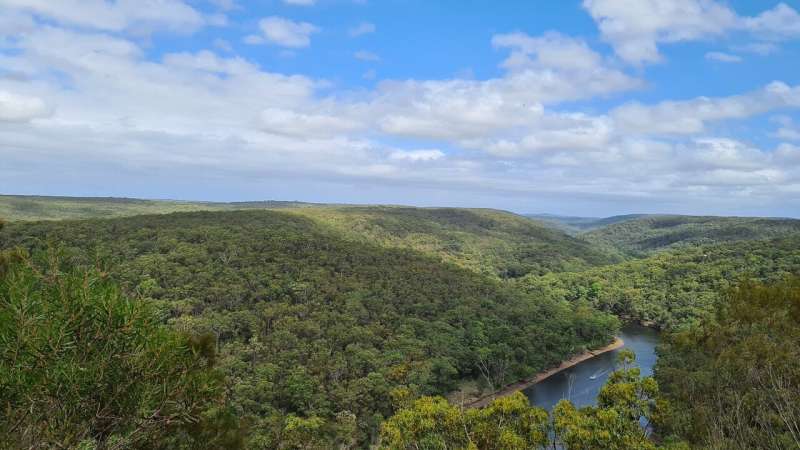
One of the largest types of carbon offset projects the Australian government is using to meet climate change targets and reduce carbon in the atmosphere is failing to do so, new research has shown. The findings are published in The Rangeland Journal.
The projects aim to regenerate native forests across large parts of Australia, but analysis shows most of the selected areas have never had forests, are unsuitable for forest regeneration and are not producing the increase in tree canopy cover that projects are being credited for.
The projects cover 42 million hectares—an area significantly larger than Japan—and, to date, they have received more than 45 million Australian carbon credit units (ACCUs) (30% of all ACCUs issued under the Australian carbon offset scheme), worth approximately $1 billion.
Contrary to the legal method requirements, 95% of credited area cells are located on land that has not previously been comprehensively cleared, meaning the projects are trying to regenerate native forests on uncleared land which may have never contained forests.
Contrary to the legal method requirements, 29% of credited area cells had forest cover when the projects started, meaning they are trying to regenerate native forests on land that already had forest cover when the projects began.
Some 45% of credited area cells did not satisfy the remote imagery components of the Clean Energy Regulator’s first regeneration gateway check, which is supposed to provide assurance regeneration is occurring.
This is particularly alarming because the regeneration gateway checks are lenient, allowing projects to pass the test based on pre-existing tree cover, even if tree cover has not increased. The analysis also occurred at the end of a rare run of three consecutive wet years (2020–23), when canopy cover will naturally be higher than usual.
Dr. Megan Evans from UNSW Canberra, stated “A decade ago, there was great hope that carbon markets could cost-effectively restore biodiversity where it has been destroyed by clearing, largely in Australia’s agricultural zones.
“Now, we’re seeing that 95% of the places being paid to restore forests occur in largely remote inland areas that have never actually been cleared of forests. Our new findings point to such huge failures that it’s almost beyond belief.”
Study Abstract:
The ‘boom-and-bust’ nature of rangelands makes them ill-suited to nature-based solutions (NbS) involving carbon sequestration in vegetation and soils. The variability in these ecosystems makes it difficult to determine whether carbon stock changes are attributable to project activities, creating additionality risks. Low and variable rainfall also means carbon stock increases will often be impermanent, being susceptible to reversals in droughts, a risk magnified by climate change. The small potential for gains per unit area over vast regions makes it difficult to accurately measure carbon stock changes at low cost. This creates pressure to trade accuracy for simplicity in measurement approaches, increasing the risk of errors. Despite these risks, rangelands have been advanced as suitable for offset projects because of low opportunity cost and a perception they are extensively degraded. The most prominent example globally is human-induced regeneration (HIR) projects under the Australian carbon credit unit (ACCU) scheme, which are purporting to regenerate permanent even-aged native forests (≥20% canopy cover from trees ≥2 metres high) across millions of hectares of largely uncleared rangelands, predominantly by reducing grazing pressure. Previous research found limited forest regeneration in the credited areas of these projects, and that most of the observed changes in tree cover were attributable to factors other than the project activities. Here we extend this research by evaluating compliance of a sample of 116 HIR projects with regulatory requirements and their performance in increasing sequestration in regeneration. The results suggest most HIR projects are non-compliant with key regulatory requirements that are essential to project integrity, and have had minimal impact on woody vegetation cover in credited areas. The findings point to major administrative and governance failings in Australia’s carbon credit scheme, and a significant missed opportunity to restore biodiversity-rich woodlands and forests in previously cleared lands via legitimate carbon offset projects.